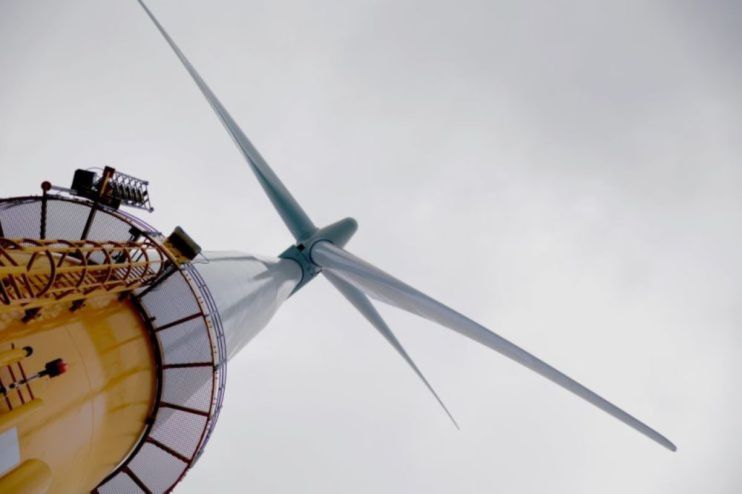Net zero may be expensive but the UK cannot afford to sit out green energy subsidy race

Bumper government spending – on furlough packages, Covid-19 support and energy bill subsidies – have forced today’s occupants of Nos. 10 and 11 into penny-pinching mode.
Historic levels of generosity have been ditched. There will be no further pledges to shield households this winter from still-astronomical energy prices.
That shift in tone may explain why energy secretary Grant Shapps has already indicated the UK has no interest in a green subsidy race to reach its net zero ambitions.
He has persistently played down the prospect of domestic projects shifting Stateside, lured by $369bn of financial support contained in the US Inflation Reduction Act – including tax credits for everything from electric vehicle charging to full-scale nuclear power plants.
Last month, he tried to spin that the government did not need to challenge the sums being offered elsewhere because the UK was “already a decade ahead of the rest of the world” – probably referencing the country’s position as the second largest generator of offshore wind power worldwide.
Unfortunately for Shapps, this will be exposed as wishful thinking in his first week back from the summer break, when the results of the latest auction for offshore wind projects are unveiled on 8 September.
Wind auction gloom threatens energy security
The upcoming auction round for offshore wind is expected to result in higher prices for renewable generation for the first time since the government’s allocation process was created in 2015 for new projects.
Such costs are driven by inflation and supply chain bottlenecks for key metals and minerals, with only a handful of successful approaches predicted for new developments in British waters.
It is a serious headwind for the government’s ambitions to reach net zero over the next three decades, and to decarbonise the electricity grid in just 12 years.
Both goals were meant to be powered by an energy security strategy targeting a ramp up in offshore wind from 15GW to 50GW by 2030.
Vattenfall exposed this painful reality when they recently pulled out of the Norfolk Boreas offshore wind farm by the coast of East Anglia, citing an unfavourable climate.
Orsted is also still wavering over whether to commit to Hornsea 3, raising concerns over the future of one of the UK’s largest mooted wind farms.
Net zero comes at a high price
Renewable energy is cheap – when it comes to generation costs.
This has proved exceptionally beneficial to the West amid a Kremlin-backed squeeze on fossil fuels, which saw gas prices soar to record highs.
The EU saved roughly £9bn last winter replacing gas with renewable generation, while a study from Oxford University estimates switching from fossil fuels to low and zero carbon alternatives could present a £10.2tn global saving by 2050.
However, net zero itself is ultra-expensive.
The development costs for green energy are a real hurdle for potential projects – such as electrification and construction, creating the need for subsidies.
Since the Tories took office in 2010, successive governments in Downing Street have made the same calculation most other developed economies have made.
It has estimated the costs involved in failing to mitigate climate risk and energy dependence are greater than the outlay for reaching net zero – a target signed into law four years ago.
Soaring gas prices and Vladimir Putin’s warmongering in Europe appear to have at least, initially, vindicated this position.
However, fiscal discipline is also vitally important, alongside not hiking the already onerous tax burden on customers.
This means that to ensure energy security, the government should look to other areas of runaway spending that could be tapered first, everything from £4.8bn in estimated waste from cancelled Ministry of Defence contracts last year to NHS spending ballooning to £164.1bn – an unsustainably high amount.
For net zero to be an effective policy, it also needs to be an upgrade for millions of Brits rather than a painful punishment cost justified with lectures over the environment.
Subsidies have to be targeted where they can make the most impact – with meaningful calculations over which investments could spur economic activity – such as floating offshore wind where RenewableUK forecast £26bn of potential growth from £4bn of investment.
The government has already dipped its toe into the subsidies race with £20bn support packages for nuclear reactors and carbon capture projects in recent months.
However, failing to back offshore wind where the UK has the opportunity to drive down bills for millions of customers with low carbon power would be highly remiss.
Without meaningful support – wind power investment will shift truly offshore.